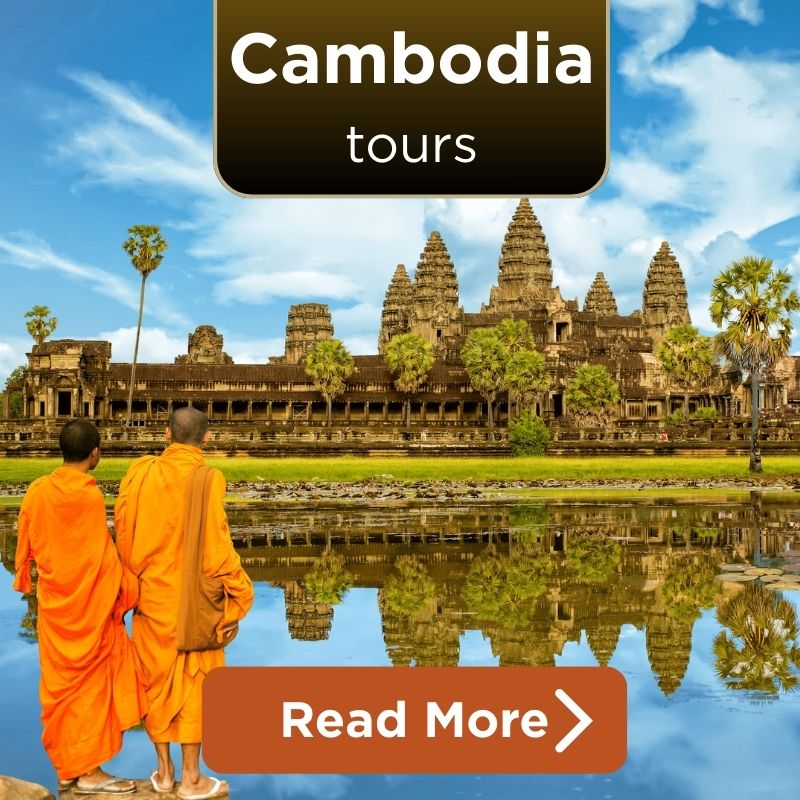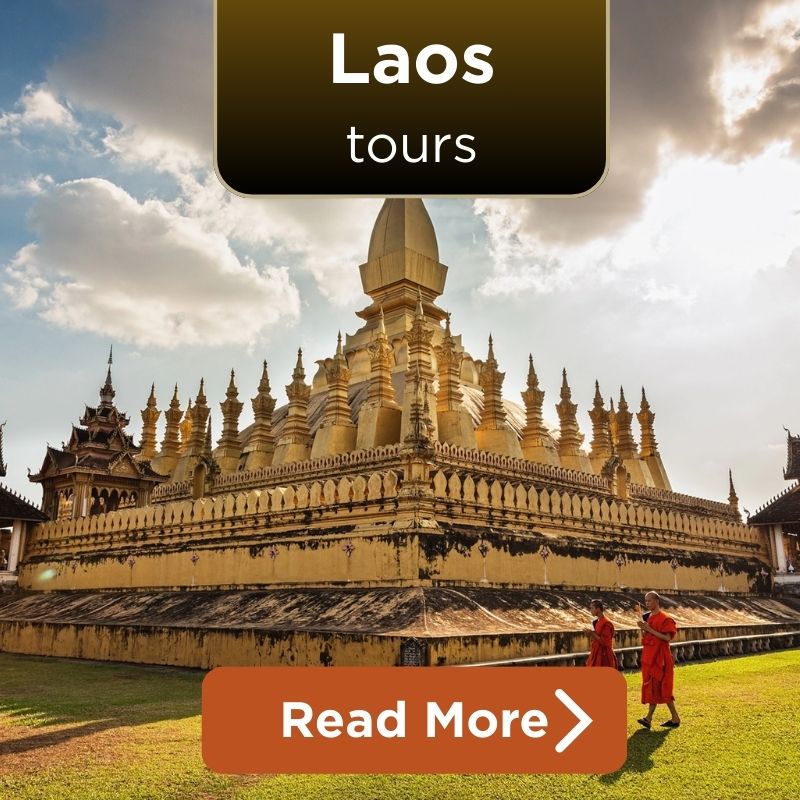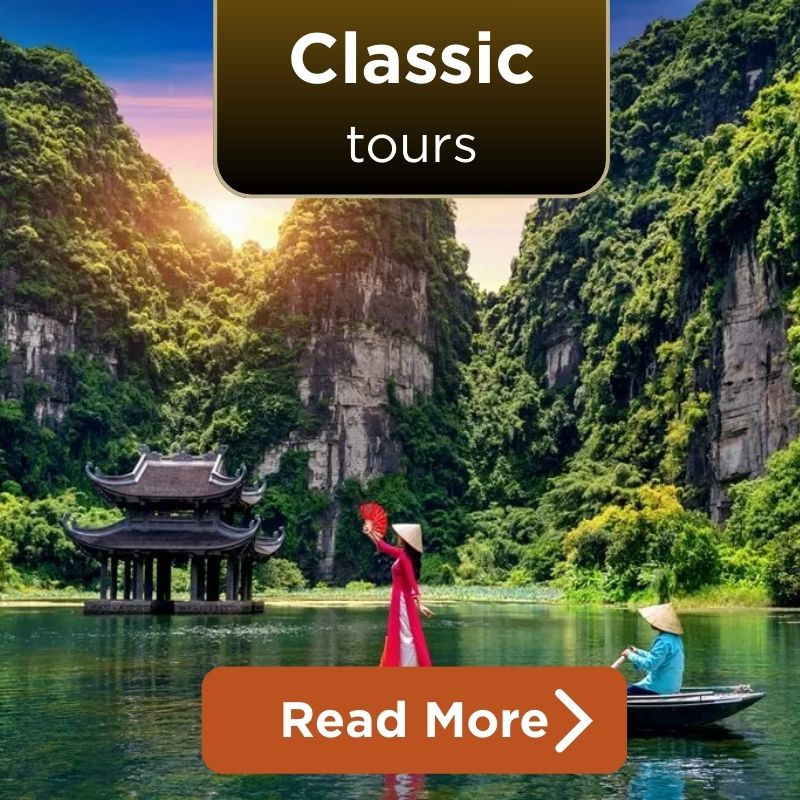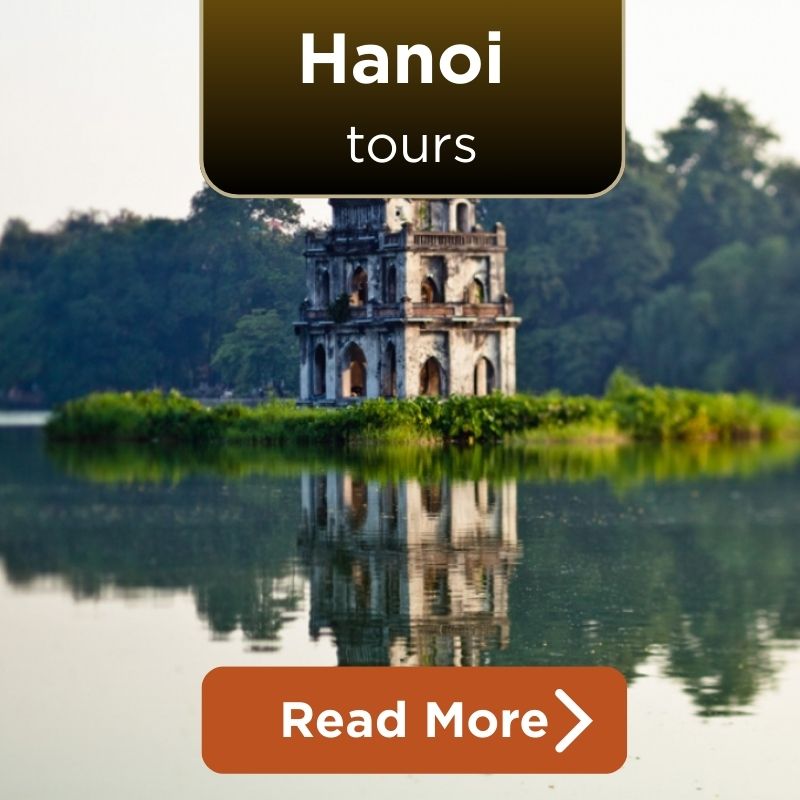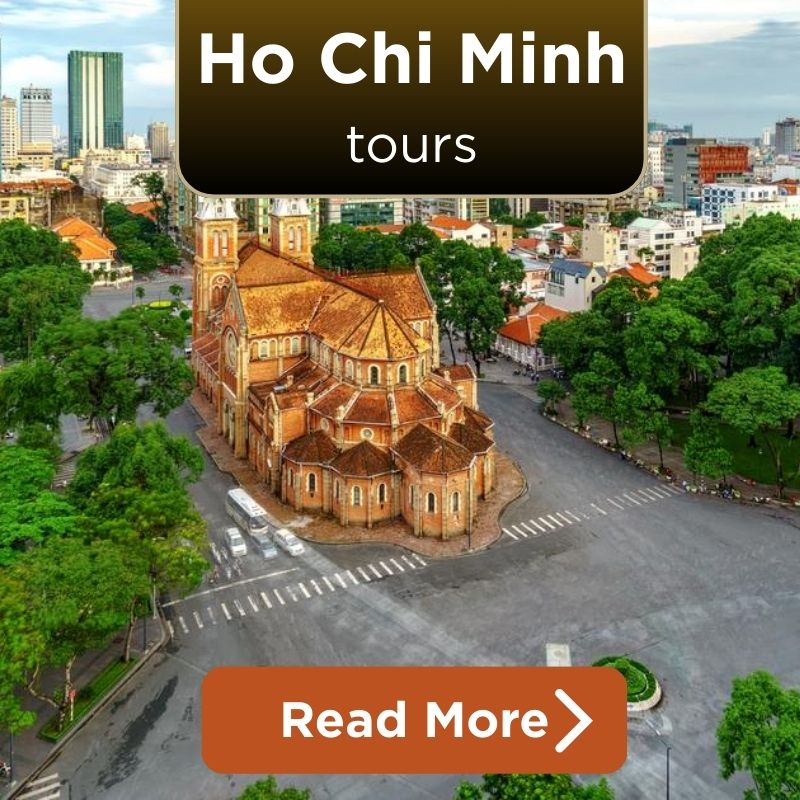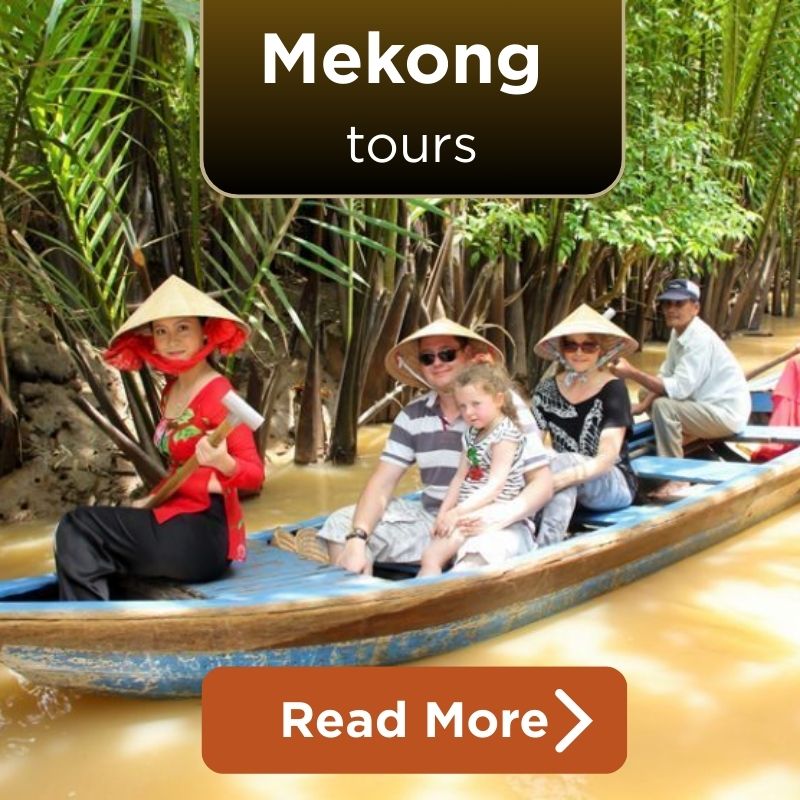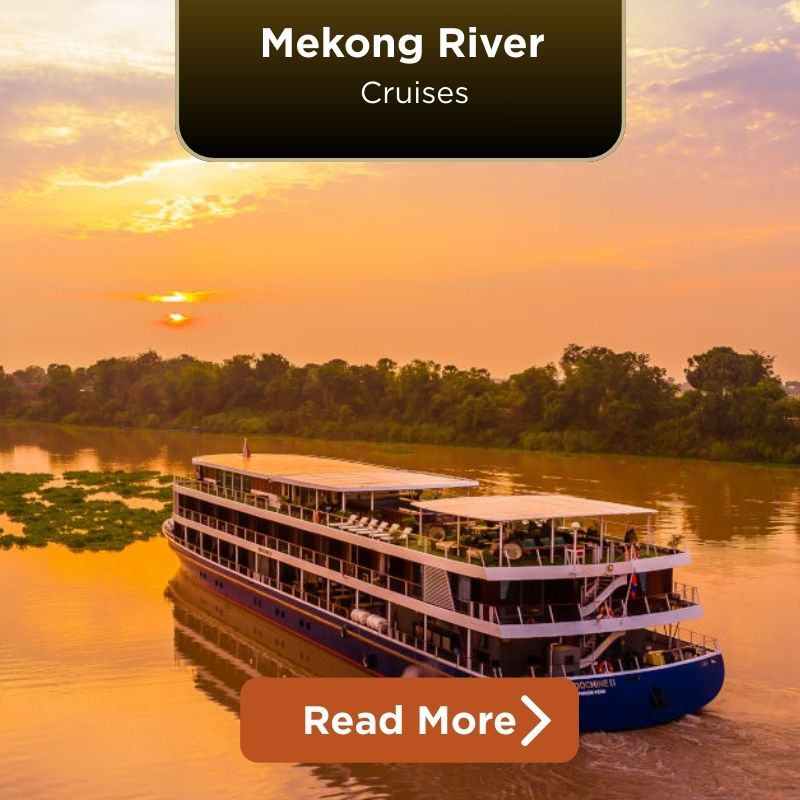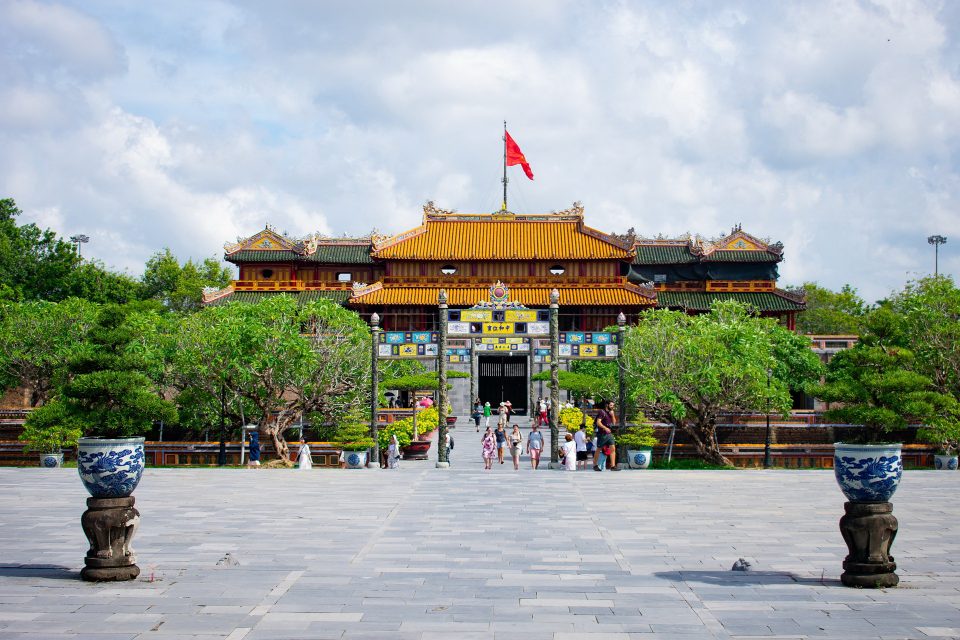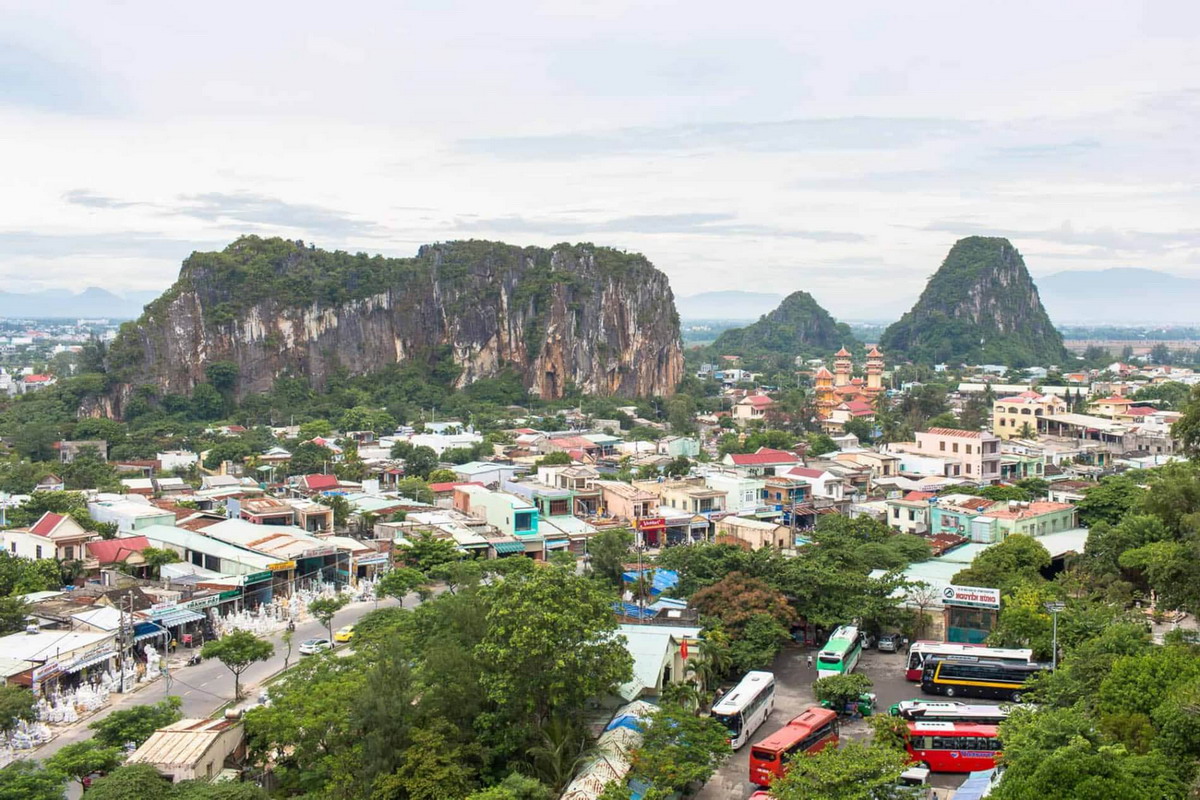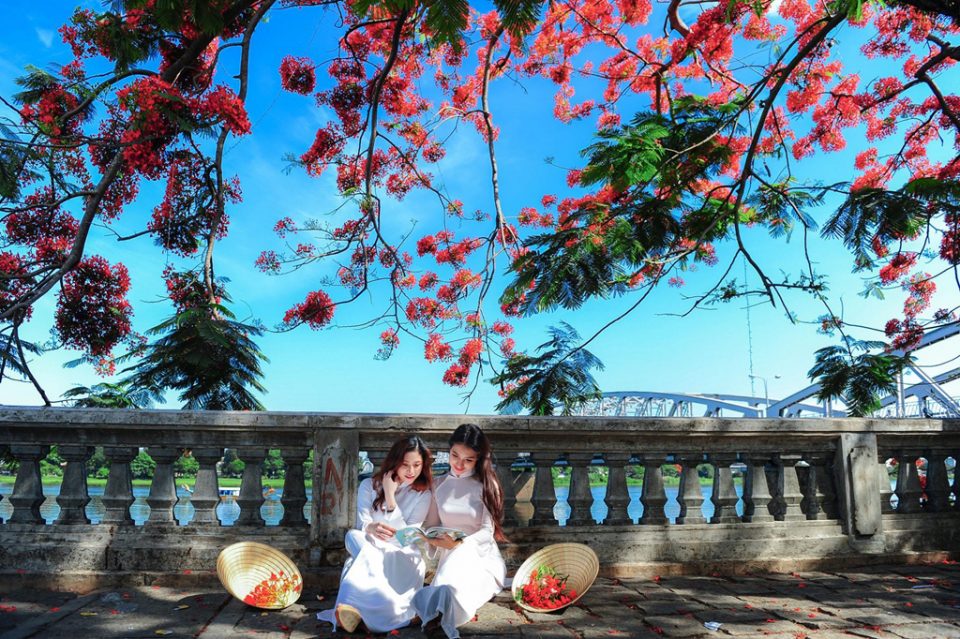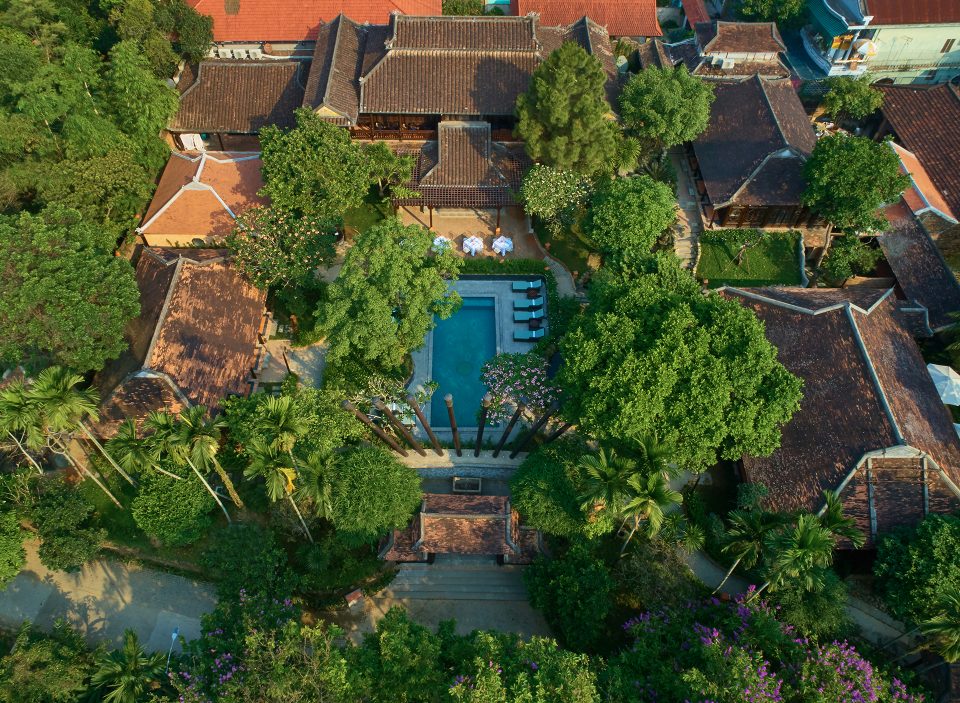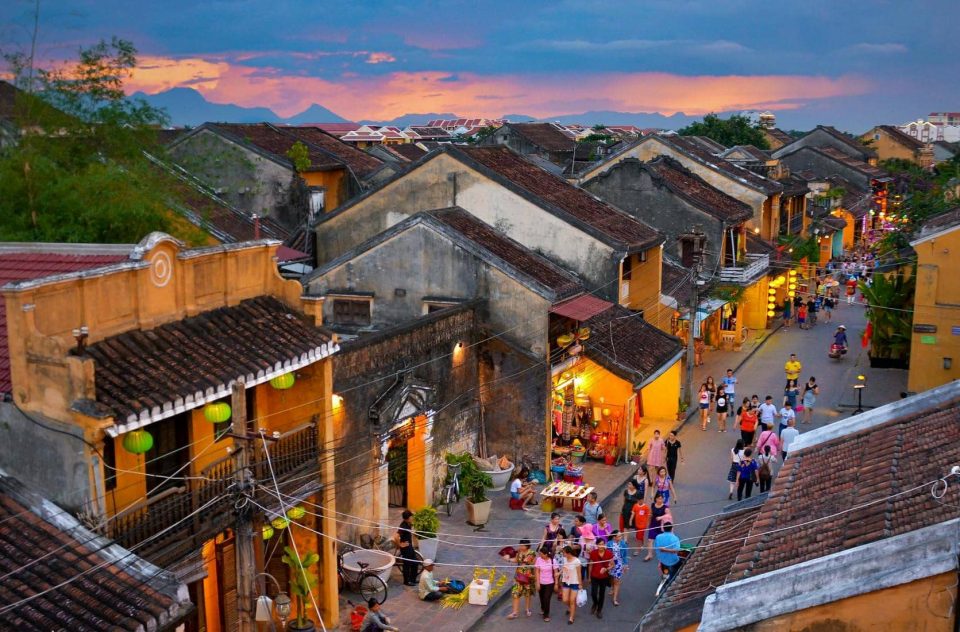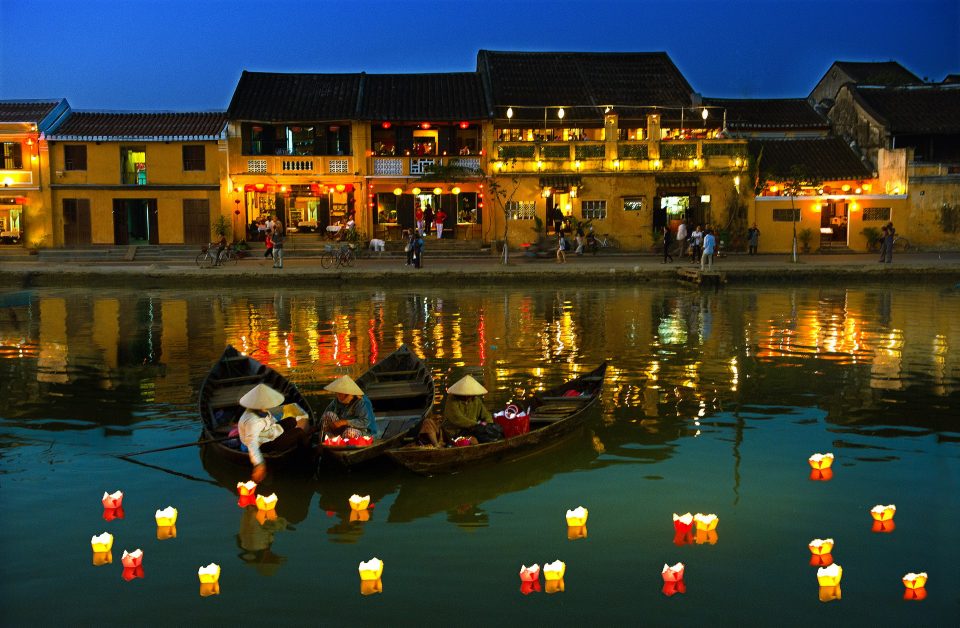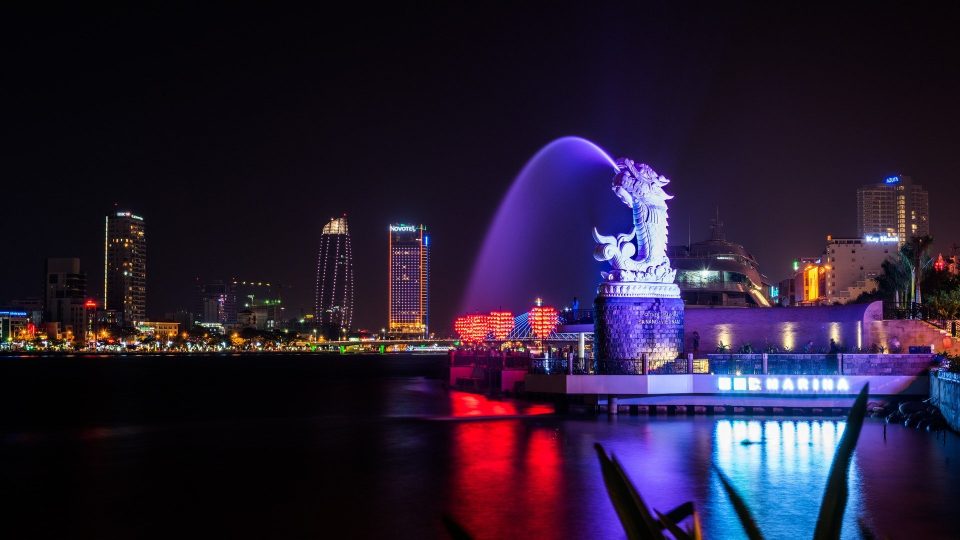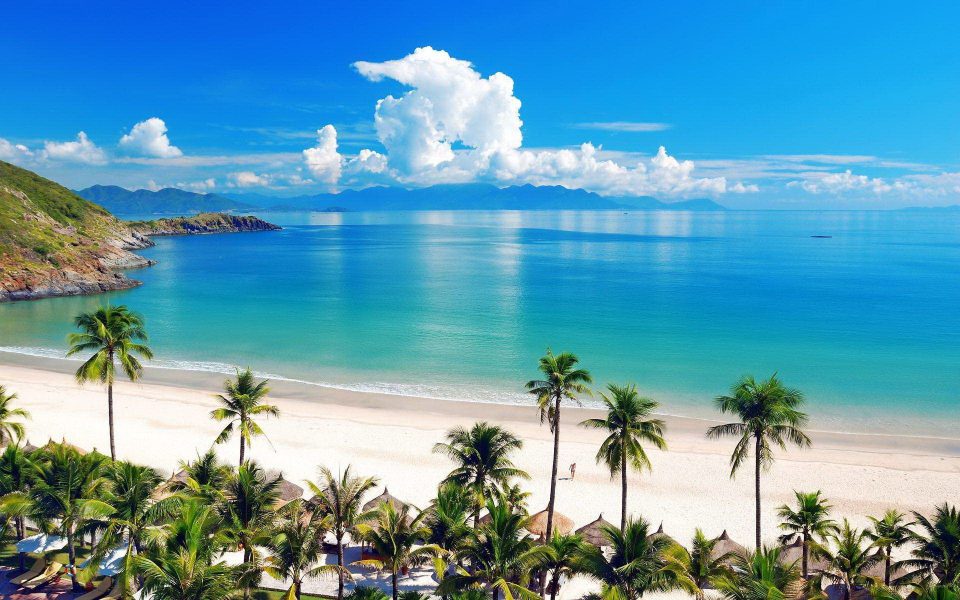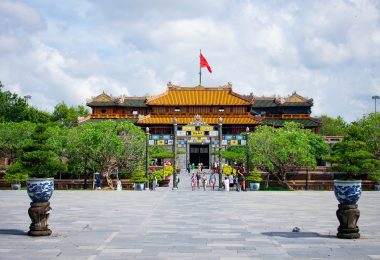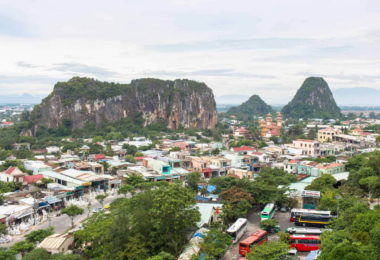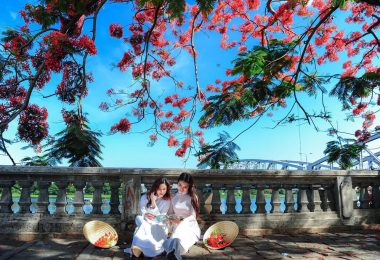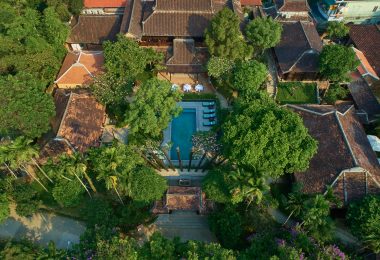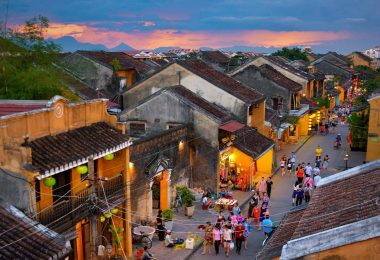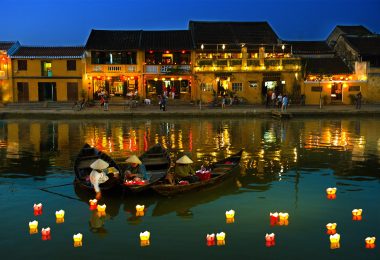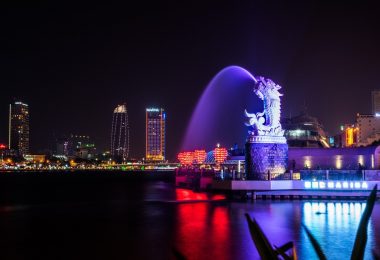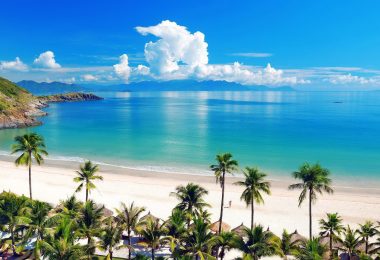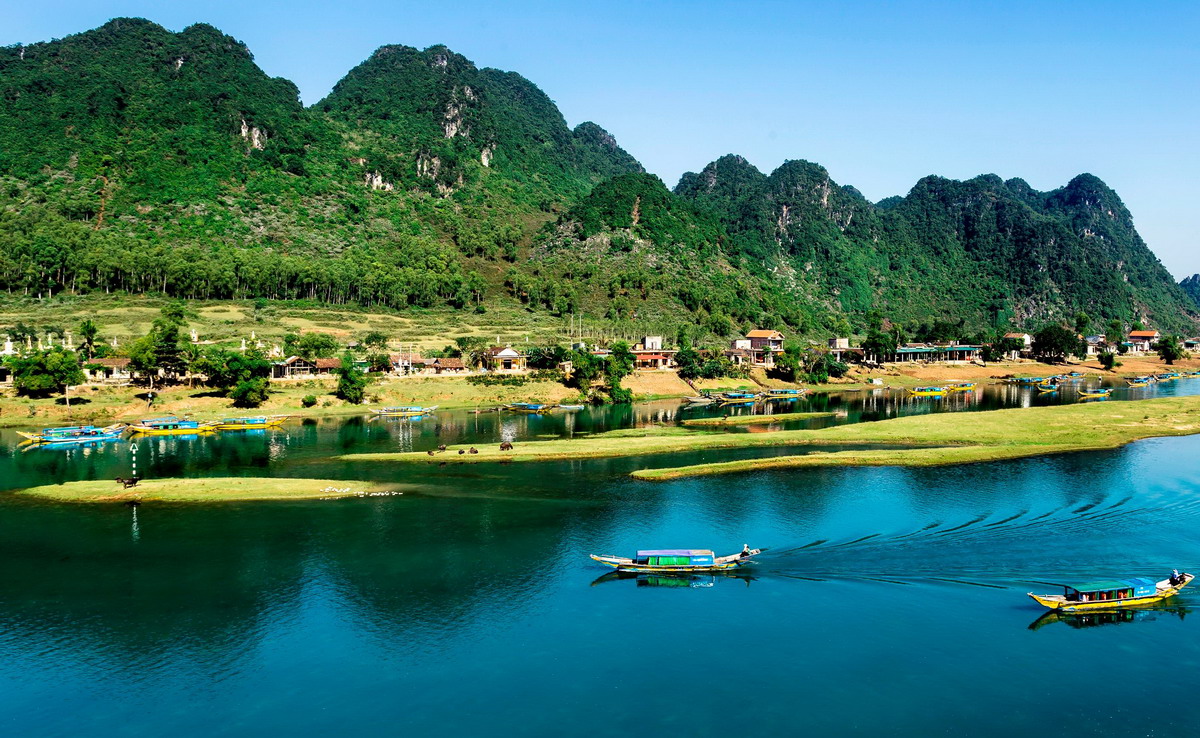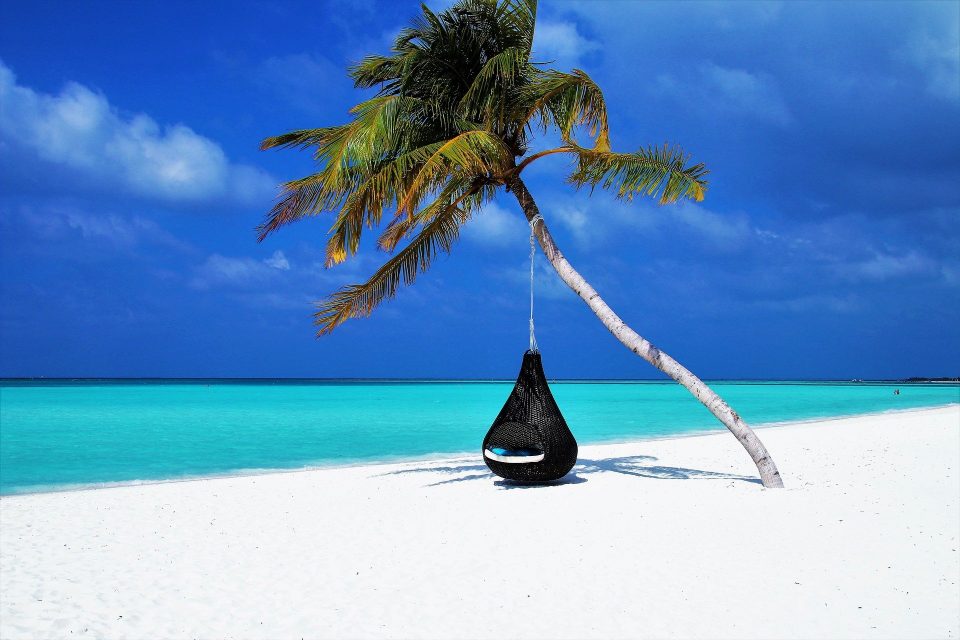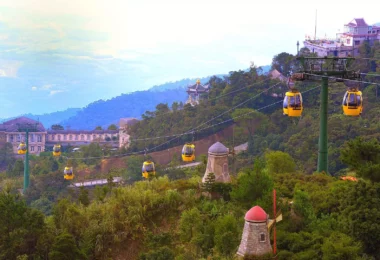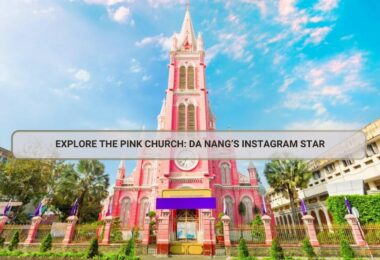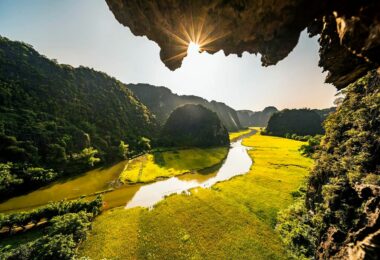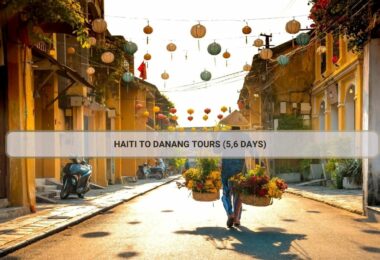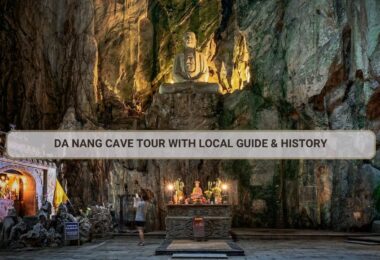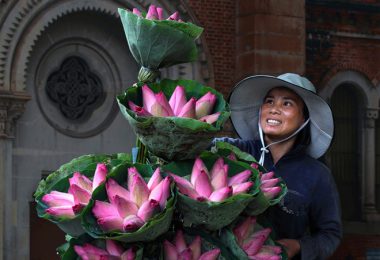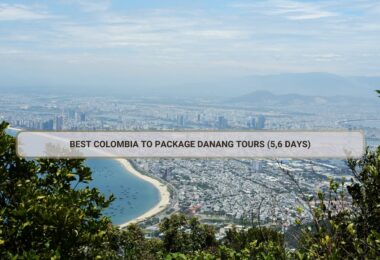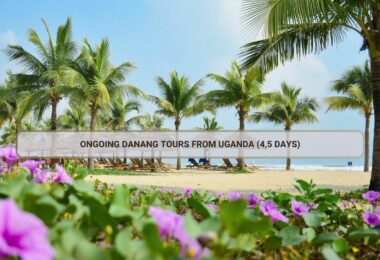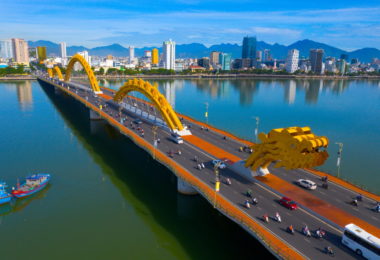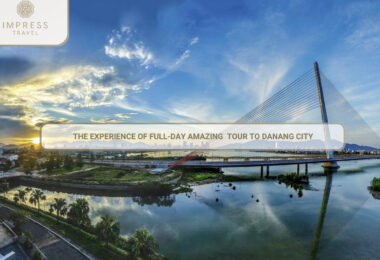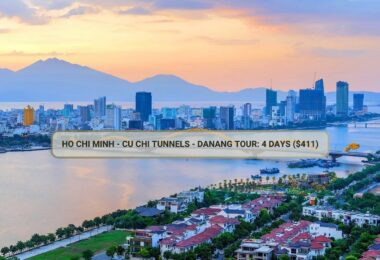The Museum of Sa Huynh and Champa Culture is an extremely important cultural hot spot that offers an in-depth understanding of the prehistoric past of Vietnam. The museum displays the very rich cultural heritages of the Sa Huynh and Champa cultures, which have immensely contributed to the overall cultural fabric of Vietnam. This article can be claimed to be an extremely handy guideline by tourists, especially those on Danang tours, who want to dig their way deep into the amazing past of Vietnam.
Briefing about the Museum of Sa Huynh and Champa Culture
Historical Background
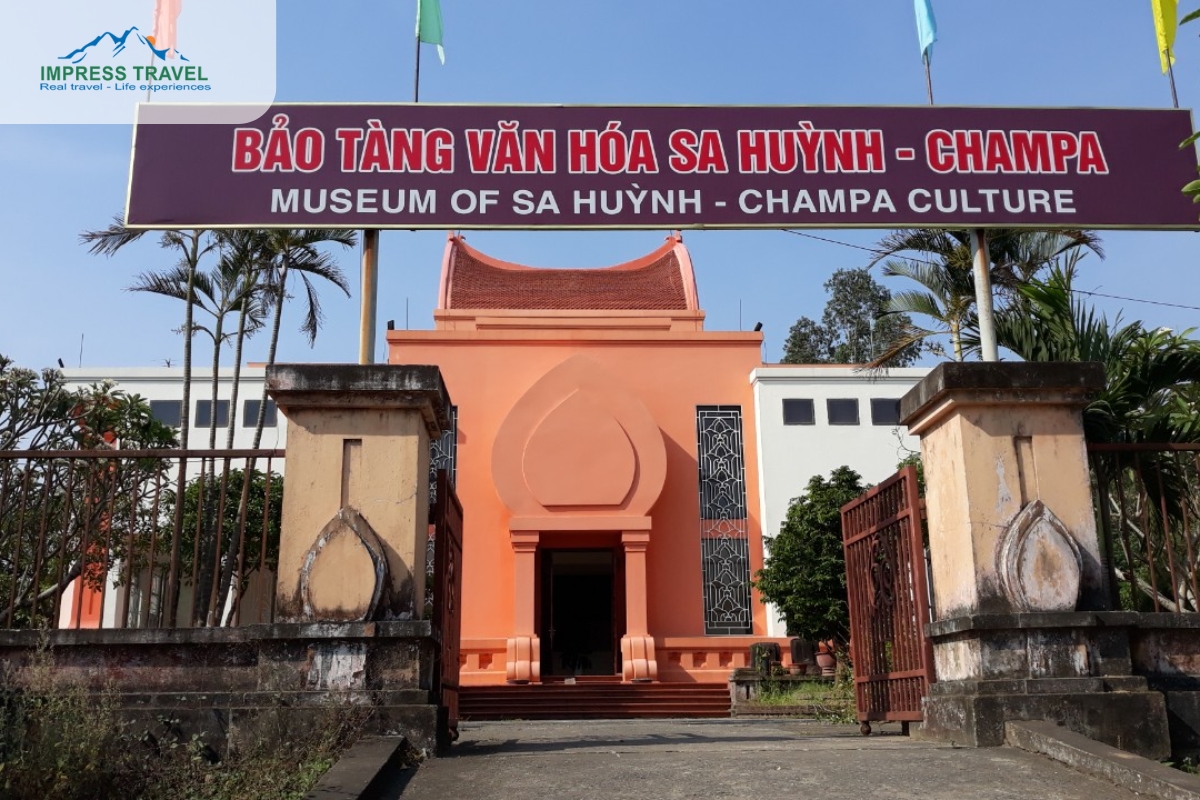
Museum of Sa Huynh and Champa Culture
The Museum of Sa Huynh and Champa Culture was built to conserve and display the artifacts and priceless antiques of the Sa Huynh and Champa civilizations. The Sa Huynh civilization was older than 2,000 years and became well-known for its unique burial customs and fine work in metal and pottery. The Champa civilization, also established in the 2nd century, existed until the 17th century and is well-known for its fine art and special architecture, which previously held the great influence of Hinduism and then Buddhism.
Location and Accessibility
Conveniently situated in the heart of Da Nang, the Museum of Sa Huynh and Champa Culture enjoys a convenient address for visitors. The complete address of the museum is [Insert Address], Da Nang. The museum is available through various public transportation, such as the bus and taxi, and hence, it is a very convenient part of any Danang tour. The availability of other landmarks like the Dragon Bridge and the Han River adds to the accessibility and attraction of the museum.
Exhibition and Collation at the Museum of Sa Huynh & Champa Culture
Sa Huynh Culture Displays
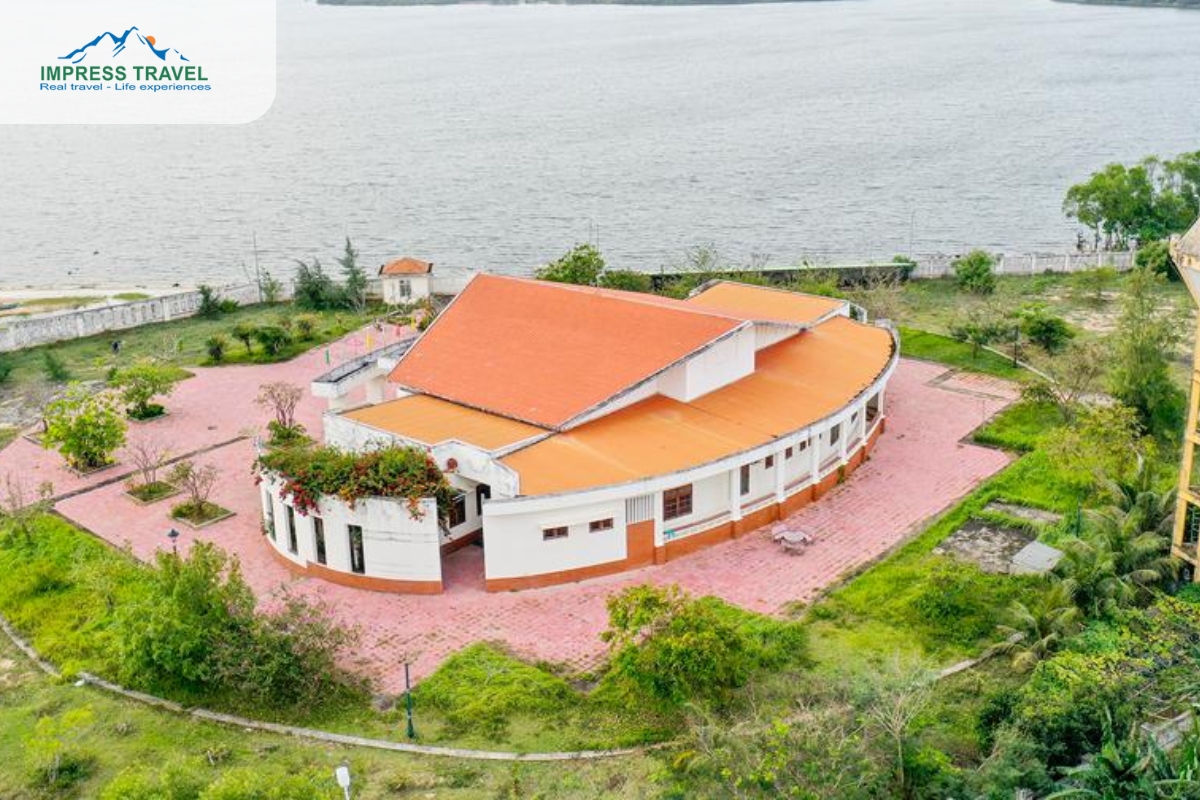
Museum of Sa Huynh and Champa Culture seen from above
A virtual treasure house of Sa Huynh articles in the museum offers us that window to the life and times of the prehistoric civilization. The pots have to be one of the most prominent exhibits, and the art of pottery is adorned so beautifully. The iron instruments and jade and agate jewelry are other obvious ones, and there are scores of other things. Such articles do not only tell us of the artfulness of the people but of the complex trade and commerce networks extending to the whole of Southeast Asia.
Champa Culture Participations
The Champa culture displays are not any less marveling, showcasing beautiful stone statues, sandstone tablets, and artifacts from the demolished temples. The best of these are Hindu god statues of Shiva and Vishnu and beautiful carvings that have epic themes of Hindu religion. These displays are the religious and artistic tools of the Champa civilization and their relations with other ethnic groups by way of maritime trade.
Special Collections
The Museum of Sa Huynh and Champa Culture has special collections in smoke that provide artifacts of rare historical value. They have unique artifacts, ranging from ancient weapons to ceremonial objects, and some finely preserved textiles. The museum is popularly known for using interactive displays and multimedia presentations to bring such collections to life and provide visitors with interesting and dynamic displays.
Visitor Information
Working Hours and Entry Fees
It is open daily from 7:00 to 21:00, so it is very convenient for visitors on Danang tours to visit at their own convenience. There is a monthly closure on the 10th for maintenance. Entrance fees are very affordable and there are student, children, and group discounts, and it is best to check the official website of the museum, or call them directly, for the latest fee schedule.
3Guided Tours and Educational Programs
In its effort to help you make the most of your visit, the museum also has guided tours conducted by professional guides who provide detailed explanations of the exhibits and their historical context. These are also very resourceful for those who desire to know more about the Sa Huynh and Champa cultures. Other than the above, the museum hosts educational programs that are meant for students and researchers, and that factor makes it a highly resourceful institute for those learning Vietnam’s ancient history.
Museum Facilities of Museum of Sa Huynh & Champa Culture
Visitor Amenities
The Museum of Sa Huynh and Champa Culture is equipped with a number of facilities that make the visitors comfortable and well taken care of. Within the building are nice toilets that are well equipped and clean. There is a gift shop to give visitors an opportunity to buy special souvenirs, books, and memorabilia that pertain to the Sa Huynh and Champa cultures. Alongside this is a nice café on the premises that offers a convenient place to relax as well as have refreshments.
In order to be able to cater to all the visiting people, the museum is facilitated with features making it accessible, like ramps and elevators for wheelchairs so that each and every person who comes to visit can get access to the exhibits accordingly.
Events and Activities
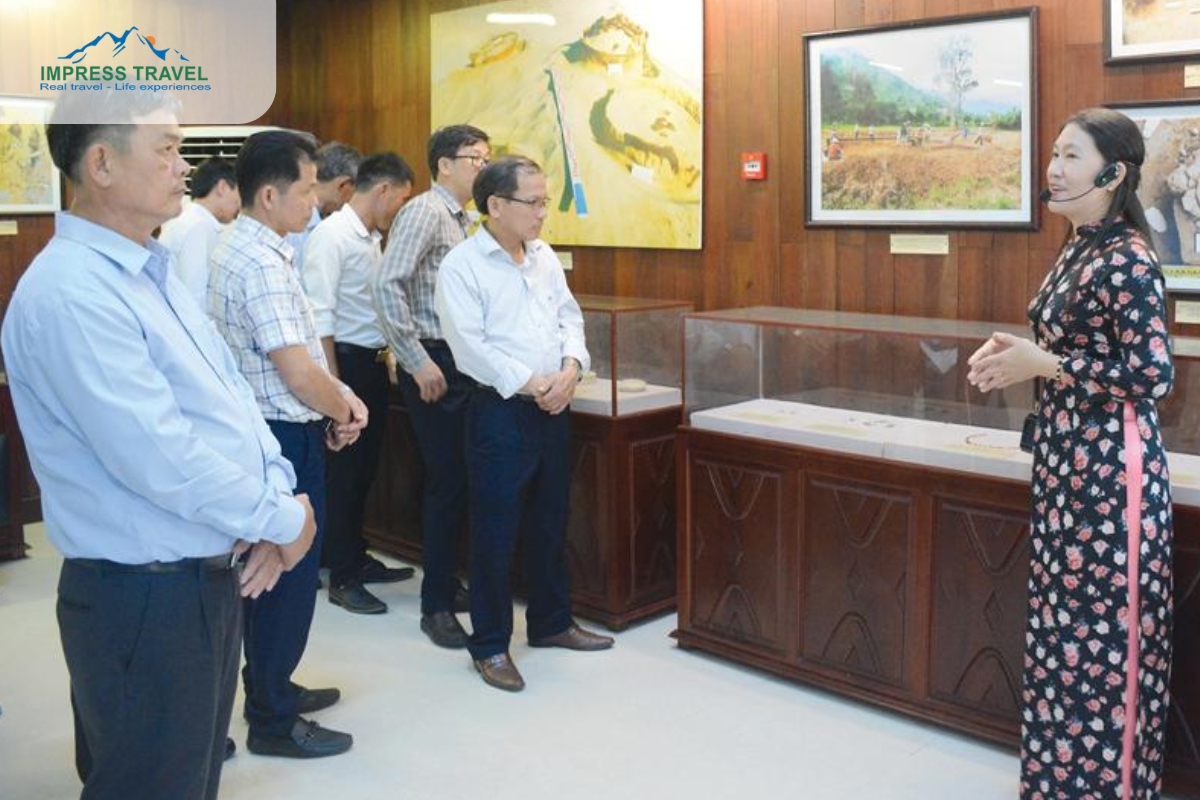
Sa Huynh civilization discovery event
The Museum of Sa Huynh and Champa Culture sponsors such continuing activities as workshops, lectures, and school programs that explore more in-depth the histories of the Sa Huynh and Champa civilizations more. These are written programs, designed to be interesting to visitors of all ages and educational levels, providing a more in-depth appreciation of the displays.
Special events and celebrations are also held at the museum throughout the year, and these are commonly set in a pattern that falls in line with significant historical dates or cultural events. Such celebrations really provide a special opportunity to visit the museum in a festive and educative mood.
Visitor’s Tips When Come to the Museum of Sa Huynh & Champa Culture
Best Time to Go
Make the most of your sightseeing at the Museum of Sa Huynh and Champa Culture by scheduling your visit early in the day or late in the afternoon when the museum is not crowded. You can enjoy a more peaceful, unhurried experience as a consequence. A less crowded and even more enjoyable time for your visit may be during the off-season months.
Etiquette and Regulations
When touring the Museum of Sa Huynh & Champa Culture, it is suggested that each individual visitor adhere to the policies of the museum. Be respectful and quiet to help facilitate an enjoyable experience for all visitors. Photos are generally allowed; however, check for any restrictions that might apply to individual display areas. Do not use flash photography because it can be damaging to the fragile artifacts.
What to Take Along
For a more enjoyable experience, it is a good idea to bring a jacket or sweater, since exhibit spaces can be cooler in temperature. Comfortable walking shoes should be donned, as there is quite a bit of walking that will need to be done in order to view the museum’s extensive exhibits. Our best advice is not to bring large bags or backpacks, as they may not be allowed in the exhibit spaces. Rather, a small bag that only carries the essentials is a good idea.
Cultural and Historical Context
Sa Huynh Culture
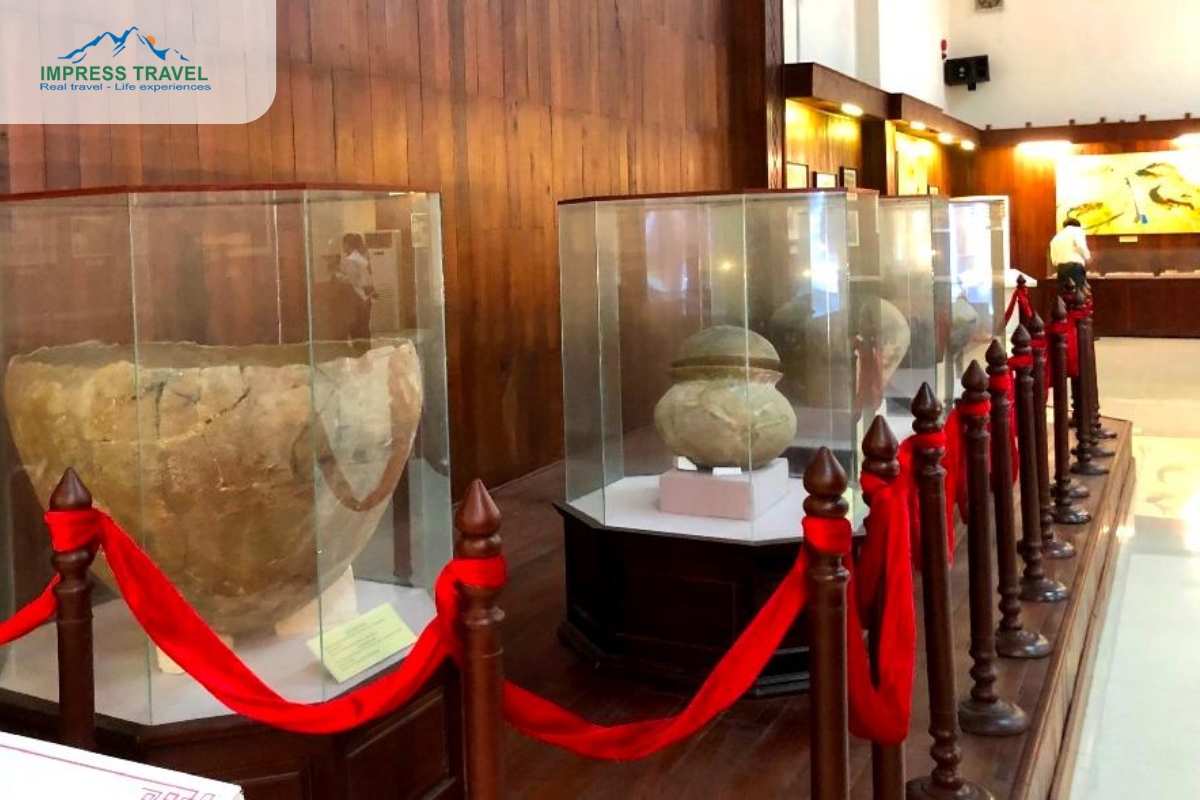
Antiquities in the Museum
The Sa Huynh culture is one of the most important prehistoric cultures of Vietnam, and it reaches back over 2,000 years into the past. Famed for their distinctive form of burial in huge ceramic jars, the Sa Huynh peoples were artisans in the use of pottery, metalworking, and jewelry manufacture. Their material culture testifies to a society that boasts wide-ranging trading networks across Southeast Asia.
Champa Culture
The Champa culture flourished from the 2nd to the 17th century, and its inheritance in the forms of art and architecture continues to be rewarding. Even though Hinduism and later Buddhism had the effect of acculturation on the Champa people, their several and extensive temples and sculptures, many of which can be viewed decorating the museum, provide a flavor of their inheritance to date. The Champa civilization was also widely recognized for its seafaring trade, linking Vietnam with other societies further into Asia.
Recommended Itineraries
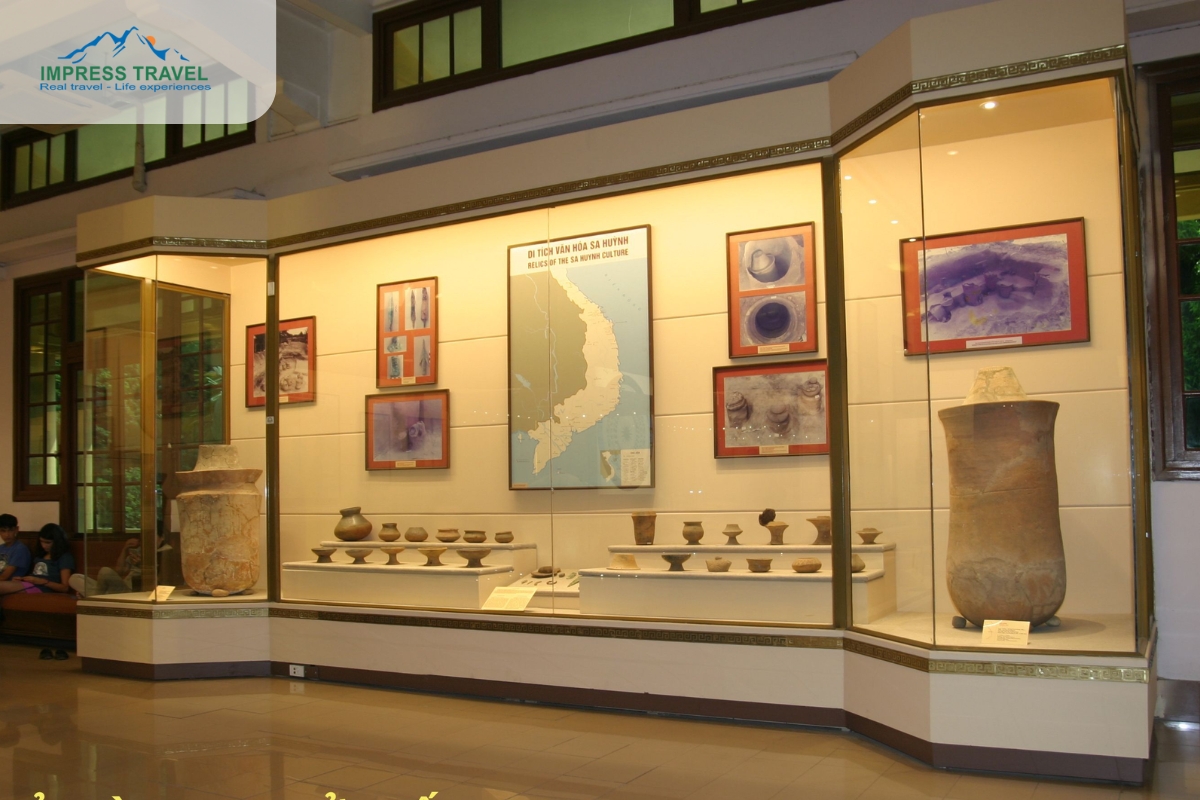
a museum corner
For an even more in-depth cultural experience, plan to combine your visit to the Museum of Sa Huynh and Champa Culture with other activities. Perhaps a suggested one-day itinerary might include a morning visit to the museum, lunch at one of the nearby cafés, and then an afternoon tour of the Museum of Cham Sculpture. Or perhaps you’d prefer to schedule a Danang tour that includes a stop at the museum, followed by a leisurely stroll down the promenade of the Han River, and an end-of-the-day visit to the bustling nearby markets.
Conclusion
The Museum of Sa Huynh and Champa Culture serves as a unique enriching experience to have a better acquaintance with the rich histories and cultures of the Sa Huynh as well as the Champa civilizations. From its vast array of collections to its spine-tingling events and activities, the museum serves as a rare treasure to have a closer gaze at the ancient heritage of Vietnam. Whether you are a history lover or a leisurely tourist, the museum is a captivating impression of the past of Vietnam. Make the Museum of Sa Huynh & Champa Culture a part and parcel of your Danang tour and quench your curiosity in with the time-honored legacy of these ancient civilizations. Don’t forget to regularly follow our Fanpage for more interesting information about traveling to Danang and to book Danang Tours at the best prices.






